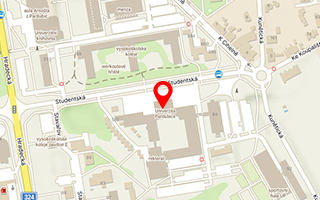Publikace detail
Incorporation of Materials’ Attenuation Effect into the Relative Permittivity Calculations Using GPR
Autoři:
Artagan Salih Serkan | Borecký Vladislav
Rok:
2017
Druh publikace:
ostatní do riv
Název zdroje:
Geophysical Research Abstracts
Název nakladatele:
Copernicus GmbH
Místo vydání:
Göttingen
Strana od-do:
nestránkováno
